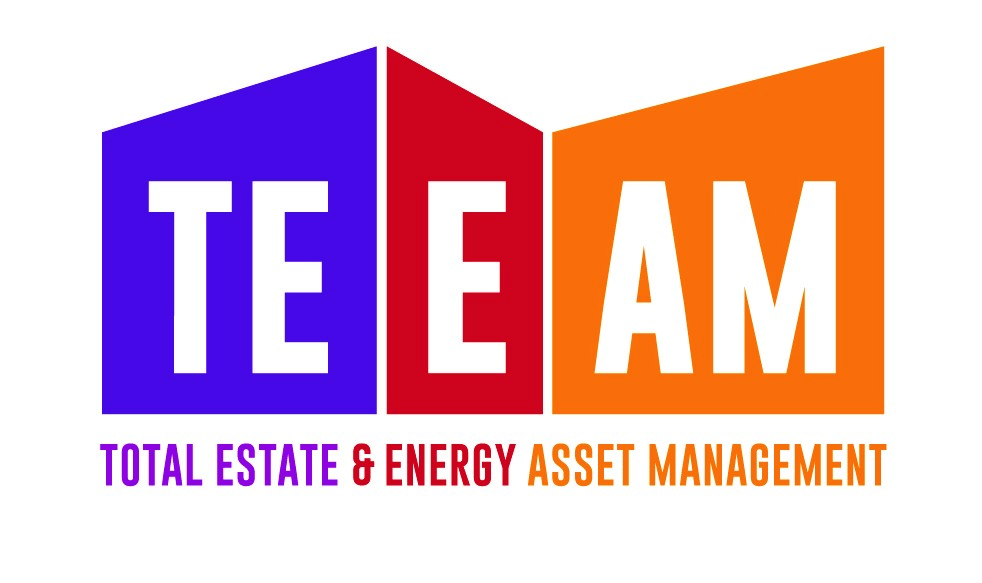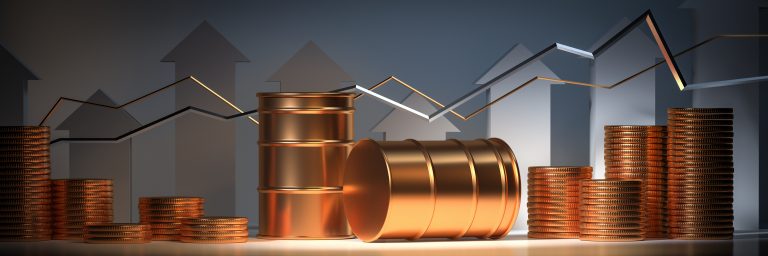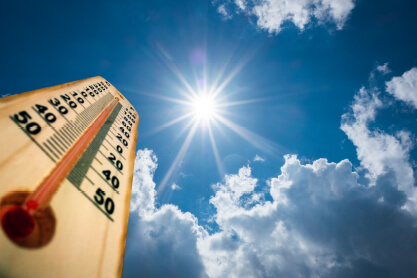0345 307 3433
The Energy Crisis – How did we get here?
The events unfolding in Ukraine would have normally sent the market sky rocketing. But the invasion has come at the end of a winter where we have seen and continue to see some of the highest prices on record. Joe Ewers our Client Delivery Manager has compiled a summary of some of the events in recent history that have led us to this unique time in the energy market.
The wholesale energy market has a huge number of drivers. Weather, global politics, supply and demand all effect the market. Some have a larger impact on short term markets while others effect further dated delivery prices. What is always apparent though, is that uncertainty increases prices universally. With supply margins on energy typically very low, suppliers are facing huge challenges with pricing in the current market.
During Quarters 2/3 of 2020 global demand for energy plummeted during widespread lock-downs. This lack of demand caused prices to fall to historic lows. Although low prices were good for some consumers renewing contracts in this period, it also meant that many suppliers were having to sell unwanted energy back to the market at a huge loss.
Consequentially, this encouraged many suppliers to reassess their view of the risks associated to selling fixed price energy contracts in a market demonstrating volatility and pricing levels seldom seen. Suppliers, keen to recover losses, started invoking contract clauses relating to volume tolerance, to be assured of maximum revenue from their contracts.
Any low price secured during the 2020 Q2/3 market dip has exacerbated the impact of the extreme highs seen in the current market, particularly for customers who have recently renewed or are about to renew agreements.
Winter 20/21 saw stability return to energy prices, with prices reverting to the “normal” levels. But it didn’t last. From summer 21, a rise in energy prices began and by early October they had reached levels unseen for over a decade. The market was driven upwards by the compounding impact of a variety of challenges:
A very harsh Asian winter and a long European winter in 20/21 meant gas storage was lower than typically expected due to increased global demand. In turn, this caused concerns over supply security as gas storage levels were extremely low. This created increased competition for LNG pushing prices upwards.
At the same time renewable generation was lower than forecast. This put more pressure on the need for gas or intermittent generation sources, all of which cost more than green power due to the carbon levies imposed.
The UK fuel mix for electricity has a reliance on imported power. This takes the form of cable connections to Europe called interconnectors. The main source is from France which accounts for roughly 10% of imported power. This connection was out of service due to a fire at the National Grid connection point in Kent. This further increased the pressure on alternative generation sources such as gas and despite Net Zero ambitions we saw the introduction of coal back into the mix. Coal generation due to the carbon cost is very expensive. In addition gas fields and pipelines in Europe which export to the UK have also suffered unexpected outages that reduced capacity to export.
Moreover, delays and uncertainty relating to anticipated activation of Nord Stream 2 pipeline, effected future markers and caused further reduction to the expected levels of natural gas arriving in Europe from Russia. With this project now at a complete stop due to the current situation, it is unknown when, if ever, this increased capacity will come. With Europe currently looking to quickly reduce their reliance on Russian gas it could be a fated endeavour.
The are also wider implications. Although, the price cap is only relevant for domestic customers, suppliers who operate both a domestic and commercial supply businesses, came under extreme pressure as a result of the climbing wholesale prices. With a cap on the amount they were allowed to sell domestic energy at, but no cap on purchase costs, suppliers were losing money on every domestic price cap customer. Any that were under-hedged for Winter 21/22 faced huge challenges balancing the books, with many failing as a direct result.
The domestic price cap fall-out does not directly impact business customers, however, it does have downstream impacts that have a detrimental impact on prices for business consumers. As with the Covid-19 low demand situation, it has alerted suppliers to further operational challenges that force them to carefully consider the prices they make available to all customers and the risks associated. As a reminder when a supplier ceases trading its customers are picked up by an alternative supplier, appointed by Ofgem. Often the new supplier is forced to very quickly secure the energy demand of their new customers, in an already tight market. Transactions that are normally spread over months take place in days. Therefore, the supply and demand dynamics push the markets even higher.
As we moved toward Christmas 2021, all of these factors continue to play out. We then saw gas flows reversed via Mallnow, one of the main pipelines transporting gas from Russia to Europe, again causing large gas withdrawal from storage across Europe. Depleting already low stores, down almost 20% on the previous year. This not only highlighted the influence Russian gas has on the European wholesale market but it also caused a huge spike in an already high market.
After the sharp rise in December 21, prices in Q1, 2022 returned back down to the, less high, levels seen in Q4, 2021. Milder weather, high wind output, and increased LNG supply reduced immediate supply concerns.
Unfortunately, this was short lived as the invasion of Ukraine has once again destabilised the already volatile market causing prices to soar and bring us to where we are today.
With the current extreme levels of volatility and high prices it’s wise to consider a longer term energy procurement strategy.
At Ginger Energy we do our best to help customers navigate the market and provide a base level of understanding which can hopefully help customers determine the right purchasing strategy for their business.
Should you want more information about how this market impacts your business, our procurement team are always happy share knowledge of what can be a very complex market against your own business requirements. As one things for sure, there is no one size fits all approach.
info@gingerenergy.co.uk




